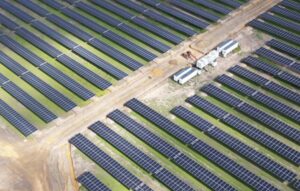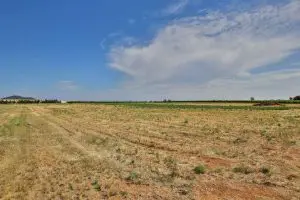Western Australia has an opportunity to seize a massive piece of a $136 billion market for lithium-ion batteries by reviving an Australian manufacturing sector, a new assessment has found.
The strong potential of a Western Australian battery industry has been detailed in a new assessment report commissioned by the Future Batteries Industry Cooperative Research Centre and completed the Minerals Research Institute of Western Australia.
The report found that W.A. has reserves of almost all of the necessary raw materials required to manufacture lithium-ion battery devices, including nickel, lithium and cobalt as well as established capabilities for minerals processing. The report also estimates the global market for batteries would grow to $136 billion a year by 2030.
The assessment also found that the establishment of a strong manufacturing base in Western Australia for lithium-ion batteries was both commercially and technically feasible.
According to the findings, while Australia has captured a significant portion of the market for the supply of raw materials for battery production, Australia is missing out a much larger market opportunity for downstream processing, including material refining, as well as battery production and assembly.
“Future estimates expect precursor production to increase to around 17–fold by 2025. Battery precursor production is a crucial step to add value to the Australian battery industry and currently there are no facilities for this in Australia,” the report says.
“With increasing global demand for lithium-ion batteries Australia has been presented with a unique opportunity to transition into a major processing, manufacturing and trading hub to increase its share of market value.”
While the report found that Australia is set to see significant growth in the value of raw materials extracted locally, there was a huge market for material processing and battery component manufacture that could go untapped.
Energy and mining minister Bill Johnston said the report shows there is a once-in-a-generation opportunity to develop a new manufacturing industry in Australia.
“The report demonstrates that Western Australia has the potential to become a major processing, manufacturing and trading hub for battery materials,” WA energy minister Bill Johnston said.
Demand for lithium-ion batteries has increased dramatically over the last decade, with the growth in electric vehicle sales and the emergence of battery storage as a crucial component of the electricity system driving increased sales and the need for raw materials.
Western Australia has significant reserves of the raw materials needed to produced batteries and the growth in demand has helped create a boom in the resources sector beyond that of fossil fuel extraction.
However, the Western Australian government sees the added opportunity to value-add the raw materials by establishing a battery manufacturing industry within Australia.
“This will help diversify the Western Australian economy, create jobs and place Australia at the forefront of the global battery revolution,” Johnston added
“The McGowan Government’s Future Battery Industry Strategy continues to WA’s battery chain capability and invest in research to lead the nation’s growth in the uptake of opportunities across the whole global battery value chain.”
The report identified that there remains a skill and capacity gap in Australia, that would require investment in down-stream minerals processing to facilitate the creation of an onshore battery manufacturing industry.
“Critical components in advanced battery production — precursor, anode, cathode, electrolyte — can be manufactured in Australia. Battery manufacturing technology central to downstream lithium processing therefore stands as the critical gap in the Australian
supply chain,” the report said.
The report recommended that the next step in establishing a battery manufacturing base in Western Australia is to progress with a Cathode Precursor Pilot Plant, to be established at CSIRO facilities in Perth.
The facility will help build knowledge and capacity for the next stage in the battery production process, allowing it to be undertaken at scale in Western Australia and forms part of the state government’s Future Battery Industry Strategy launched last year.









